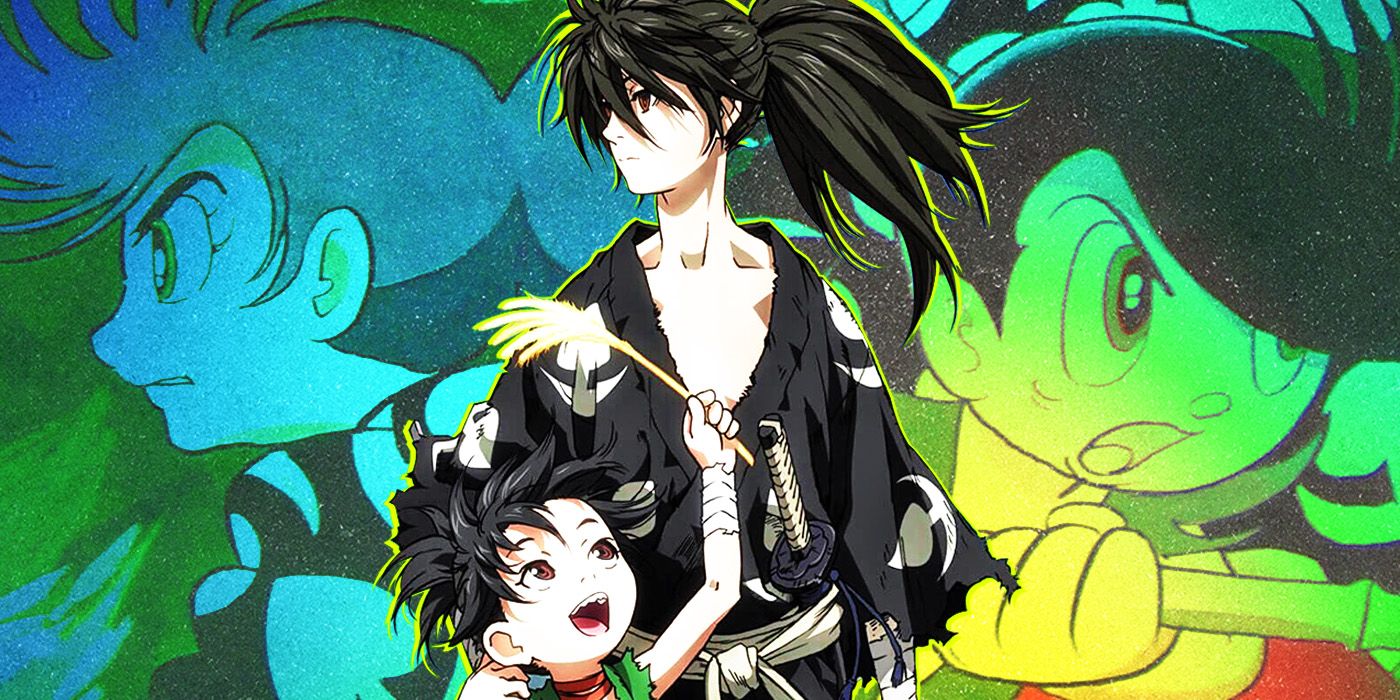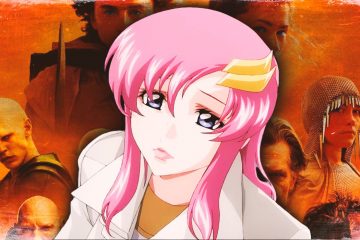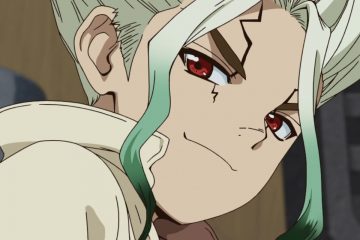Anime and manga have a much longer history than most people would assume, as the mediums have a habit of feeling almost hyper-modern. After all, anime has been incredibly experimental in the last two decades, from Mob Psycho 100’s impressive use of glass and ink, Chainsaw Man’s intense action, and Dragon Ball leaping into 3D animation for the first time along with so much more. It can be easy to forget that manga had started to gain its identity in Japan in the late 1700s, since giant robots had yet to take the world by storm and stomp their way into the hearts of fans.Manga and anime, as audiences know today, had a lot of time to develop from 1798 to now. One of the most important figures in the development of this art form was Osamu Tezuka. Known as the “Godfather of Manga” and often compared to Walt Disney for his incredible influence, his legacy is felt every time someone flicks on Crunchyroll. While many new anime fans may not be turning on Astro Boy or Blackjack, the most recent update to one of his more mature series, Dororo, is a great place for modern fans to get to know Tezuka’s boundless legacy.Tezuka created over seven hundred different manga series in his lifetime, and many of those had several anime adaptations over the years. Tezuka’s body of work covered many genres for many different audiences, even though most of his work that came to America in the middle of the 20th century had incredibly restrictive stipulations to secure its distribution in that market. Much of his more mature work would only reach the West shortly before his death and would only come into wider recognition after he died in the late ’80s. Dororo is one of his stories that took the past and legends of Japan to tell an incredibly human story. It is unique among his creations, despite the familiar shapes and motions that can be seen in Tezuka’s works.
Anime and manga have a much longer history than most people would assume, as the mediums have a habit of feeling almost hyper-modern. After all, anime has been incredibly experimental in the last two decades, from Mob Psycho 100‘s impressive use of glass and ink, Chainsaw Man’s intense action, and Dragon Ball leaping into 3D animation for the first time along with so much more. It can be easy to forget that manga had started to gain its identity in Japan in the late 1700s, since giant robots had yet to take the world by storm and stomp their way into the hearts of fans.
Manga and anime, as audiences know today, had a lot of time to develop from 1798 to now. One of the most important figures in the development of this art form was Osamu Tezuka. Known as the “Godfather of Manga” and often compared to Walt Disney for his incredible influence, his legacy is felt every time someone flicks on Crunchyroll. While many new anime fans may not be turning on Astro Boy or Blackjack, the most recent update to one of his more mature series, Dororo, is a great place for modern fans to get to know Tezuka’s boundless legacy.
Tezuka created over seven hundred different manga series in his lifetime, and many of those had several anime adaptations over the years. Tezuka’s body of work covered many genres for many different audiences, even though most of his work that came to America in the middle of the 20th century had incredibly restrictive stipulations to secure its distribution in that market. Much of his more mature work would only reach the West shortly before his death and would only come into wider recognition after he died in the late ’80s. Dororo is one of his stories that took the past and legends of Japan to tell an incredibly human story. It is unique among his creations, despite the familiar shapes and motions that can be seen in Tezuka’s works.
#Dororo #Anime #Amazing #Update #Tezukas #Boundless #Legacy
Note:- (Not all news on the site expresses the point of view of the site, but we transmit this news automatically and translate it through programmatic technology on the site and not from a human editor. The content is auto-generated from a syndicated feed.))



